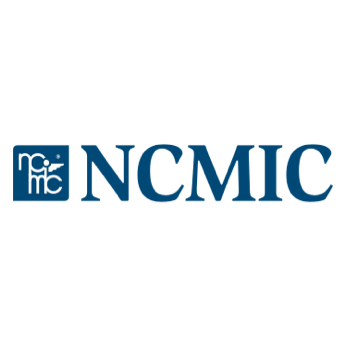Regulators probe insurers’ life payout practices

Should a life insurance beneficiary opt for a lump-sum payment or ask the company to hold the funds for him or her? The National Association of Insurance Commissioners (NAIC) is examining whether insurers are providing clear information to consumers about their options.
Last week, New York Attorney General Andrew Cuomo issued subpoenas to several major life insurers, among them Des Moines-based Principal Financial Group Inc., seeking records of how the companies structure those arrangements, known as retained asset accounts.
In late July Cuomo subpoenaed the two largest U.S. insurers, MetLife Inc. and Prudential Life Insurance Co., claiming that their use of retained asset accounts was unfairly enriching the companies at the expense of families of deceased military members.
His office expanded the probe last week, demanding records from American International Group Inc., Aetna Inc., Lincoln National Corp. and CNO Financial Group Inc. as well as Principal.
An NAIC working group has also begun meeting to consider toughening reporting requirements for these types of accounts.
“We want consumers to have as many choices as possible in how they receive their claims payments, but we also want to make certain the terms of those payments are fully disclosed in language that is clear and easy to understand,” NAIC President and West Virginia Insurance Commissioner Jane Cline said in a press release.
The organization last week issued a consumer alert, advising individuals that they should investigate alternatives that may provide a better rate of return than insurers can provide by holding their funds.
Iowa Insurance Commissioner Susan Voss, the NAIC’s president-elect, is among the officials serving on the working group. The group will meet on a regular basis and “its members hope to have a recommendation very soon,” said Tom Alger, a spokesman for the Iowa Insurance Division.
Though six states have regulations governing insurers’ use of retained asset accounts, Iowa has no specific laws pertaining to them. “Frankly, we haven’t had a lot of issues or complaints by consumers about this,” Alger said.
Bloomberg estimates that life insurance companies currently hold $28 billion in retained asset accounts in their general corporate accounts. Rather than receiving a check, beneficiaries are issued what looks like a checkbook to draw on the death benefits.
Earlier this month, Federal Deposit Insurance Corp. (FDIC) Chairman Sheila Bair voiced “serious concerns” to the NAIC that consumers may think the insurance accounts are FDIC-insured when they are not. Beneficiaries also may not realize that they can withdraw the full amount of the life insurance benefit from a retained asset account, Bair said.
Sonja Sorrel, a spokeswoman for Des Moines-based Principal Financial Group Inc., said her company supports “clear and meaningful communication” to beneficiaries.
“We disclose that these funds are not FDIC-insured and that the account is backed by the strength and stability of Principal Life Insurance Co.,” she said. “We will continue to support and meet any new industry requirements regarding these accounts.”
In some cases with Principal’s older group life policies, a retained asset account, which Principal refers to as an interest draft account, is the only option available, Sorrel said. “Information sent to the beneficiary explains they have complete access to these funds,” she said. “Our representatives also explain to the beneficiary that they can write a draft for the full amount and deposit it into their own personal bank account at any time.”
Among Principal’s group policies in which retained asset accounts are an option, about 3 percent choose that option, Sorrel said.
Cuomo said last month that the records he is seeking from MetLife and Prudential include information about how and when benefciaries are informed of the terms of the accounts, as well as the amounts paid out relative to investment earnings by the companies on the funds.
MetLife told the NAIC working group that it earned less than its beneficiaries did last year on its retained asset accounts, according to The Wall Street Journal.
Todd Katz, MetLife’s executive vice president for insurance products at MetLife, cited regulatory filings to the working group that showed MetLife credited customers with the accounts about $250 million in interest last year, while earning about $170 million in profit for the company. MetLife held approximately $11 billion of retained assets in 2009.
Bernard Winograd, chief operating officer for U.S. businesses at Prudential Financial Inc., told the working group that 20 percent of its clients with the accounts withdrew the entire amount within a month, and another 20 percent took out all the funds within the first 90 days.
Both companies said that about 60 percent of the accounts are closed within the first year.
Paul Graham, chief actuary for the American Council of Life Insurers, said in a release that retained asset accounts “allow grieving beneficiaries to make financial decisions at the time they choose to make them, while providing interest income that compares favorably with many other on-demand deposits while that time elapses.” Robert Damron, a state legislator from Kentucky and president of the National Conference of Insurance Legislators, said states should enact a “beneficiary’s bill of rights” that would require insurers to use retained asset accounts only for consumers who request them.
“Allowing the life insurance companies to default to retained asset accounts is just not acceptable,” Damron told Bloomberg last week following the NAIC working group’s meeting. Insurance commissioners should act as consumer advocates, he said.
It “raises serious concerns in my mind about who is protecting who,” he said.











